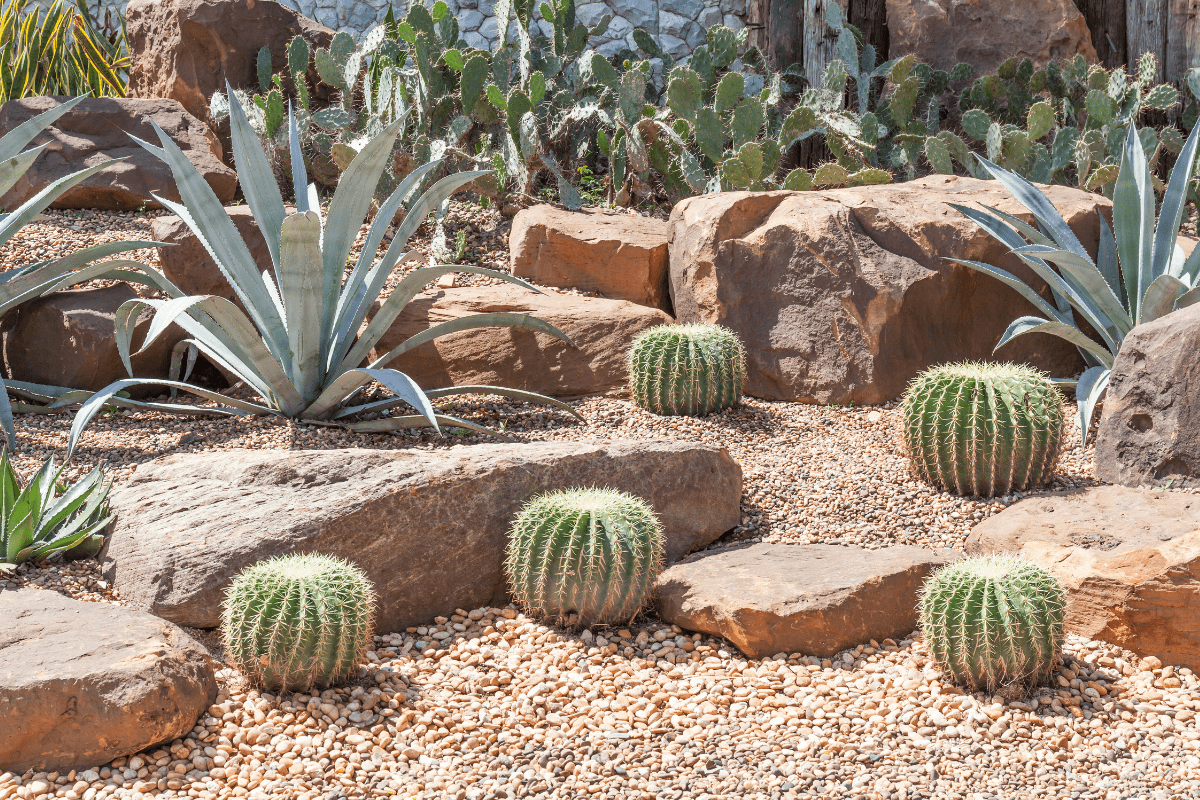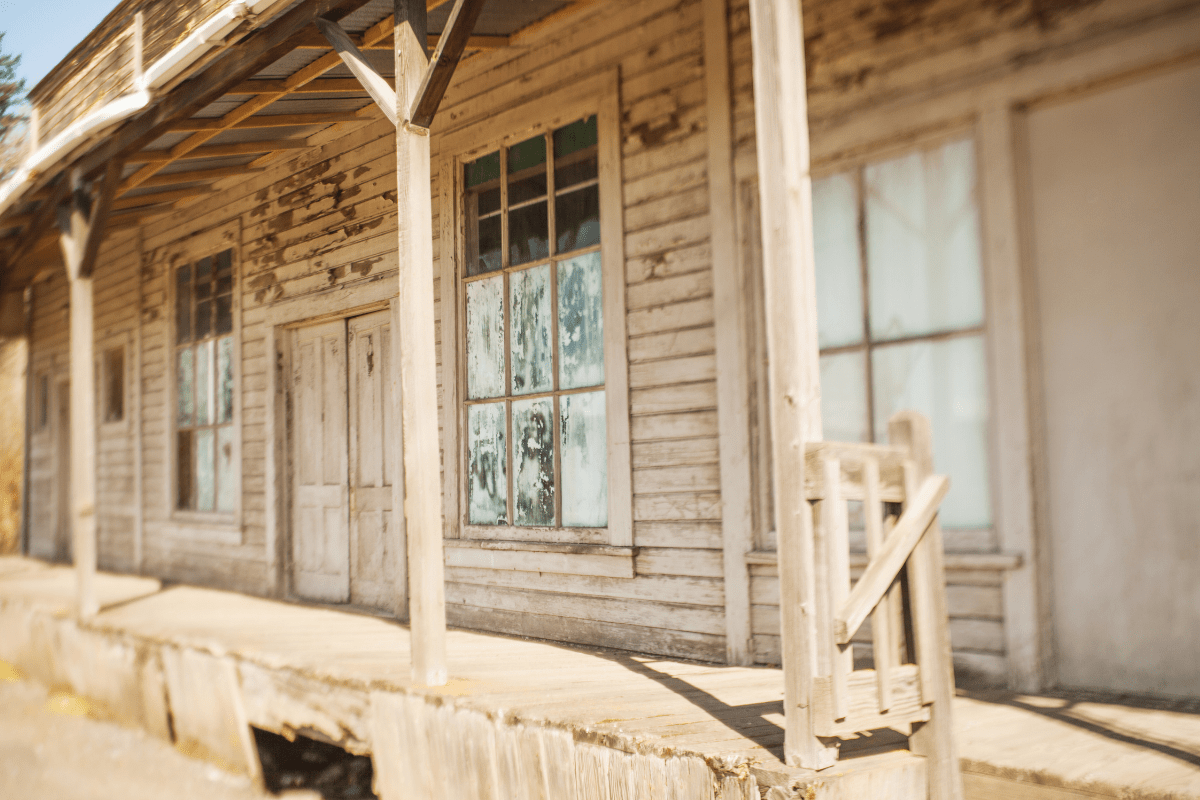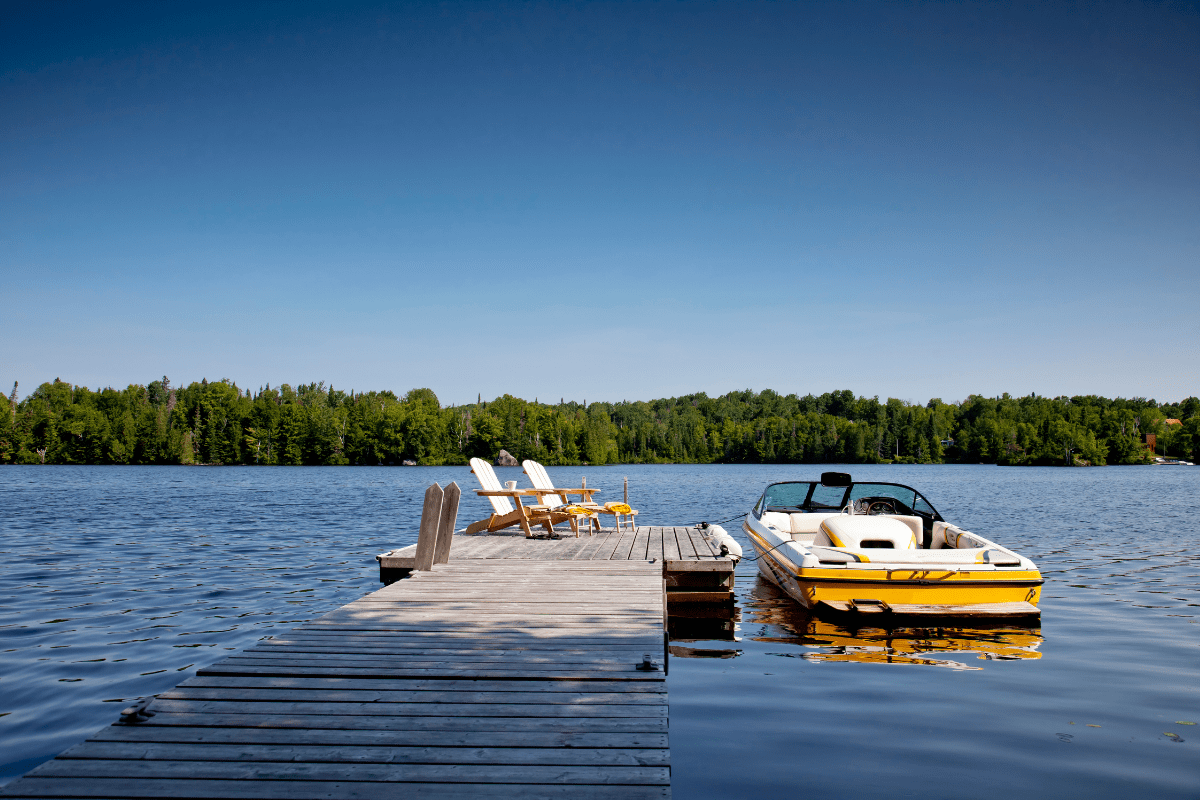Arizona's botanical gardens span an impressive range of elevations and ecosystems, from sea-level saguaros to pine-scented mountain wildflowers at 7,150 feet. Whether you're dodging prickly pears in Phoenix or admiring aspens in Flagstaff, these living museums showcase the surprising diversity of desert plant life while offering everything from butterfly exhibits to the world's largest sundial.
Phoenix botanical gardens lead with world-class collections
The Desert Botanical Garden reigns supreme among Arizona's plant paradises, sprawling across 140 acres of carefully curated desert landscapes in Papago Park. This isn't your typical cactus collection… it's home to 50,000-plus plants representing 4,000 different species, including 379 that are rare, threatened, or endangered. The garden has earned its stripes as one of only 24 botanical gardens accredited by the American Alliance of Museums, putting it in the same league as institutions you'd find in major cities worldwide.
Navigating Desert Botanical Garden like a pro
Planning your visit requires some strategy, especially if you're budget-conscious. Peak season runs October through May with adult admission at $39.95, but savvy visitors know that summer rates drop to just $16.95 when temperatures soar. The garden opens at 7 AM year-round, closing at 8 PM, though that early morning summer opening becomes essential when afternoon temperatures hit triple digits.
Budget-friendly options for visiting:
- Free community days (second Tuesday monthly)
- Active military admitted free
- Summer discount saves over $20
- Annual memberships start around $85
- Reciprocal admission at 300+ gardens nationwide
The five themed trails wind through different desert habitats, with the Sonoran Desert Nature Trail offering mountain overlooks and the Harriet K. Maxwell Desert Wildflower Trail bursting with color during spring blooms. Every main path accommodates wheelchairs, and you can rent scooters for $40 if the desert heat saps your energy. December's Las Noches de las Luminarias transforms the garden into a glowing wonderland with thousands of hand-lit paper bags, though tickets sell out faster than water evaporates in July.
Japanese Friendship Garden offers zen in the desert
Just when you think Phoenix is all about cacti and succulents, the Japanese Friendship Garden (RoHoEn) appears like a mirage with its 12-foot waterfall and 300 colorful koi fish. This 3.5-acre traditional stroll garden required 1,500 tons of hand-picked rocks to create its authentic Japanese landscape, complete with bamboo groves and tea house.
At $14 for adults, it's considerably cheaper than Desert Botanical Garden, and the First Friday pay-what-you-wish events from 5-7:30 PM make it accessible to everyone. The garden stays closed on Mondays, giving the koi a day to gossip about weekend visitors without interruption.
Tucson turns botanical gardens into desert theme parks
Southern Arizona takes a different approach to botanical displays, starting with the Arizona-Sonora Desert Museum's ambitious blend of zoo, aquarium, and botanical garden. Spread across 98 acres with two miles of walking paths, this living museum attracts nearly 400,000 visitors annually who come to see 1,200 plant varieties mingling with 230 animal species.
Multiple gardens showcase Tucson's plant diversity
The museum operates 365 days a year with admission at $29.95 for adults, making it pricier than most pure botanical gardens but offering considerably more variety. Summer Saturday evenings feature the Cool Summer Nights program with extended hours, live music, and lower temperatures that make desert exploration actually pleasant.
Tucson Botanical Gardens takes a more intimate approach on just 5.5 acres, yet it's earned the number 4 spot among America's best botanical gardens according to USA Today readers for three straight years. Twenty specialty gardens pack into this historic property, including Southern Arizona's only tropical butterfly exhibit where winged jewels flutter among desert blooms. Daily hours run 7:30 AM to 3:30 PM with $19 adult admission.
Tohono Chul Park, meaning "Desert Corner" in the Tohono O'odham language, claims fame with the world's largest collection of night-blooming cereus cacti. These drama queens of the plant world bloom just one night per year, typically in June or July, drawing crowds for the park's Bloom Night celebration. Regular admission costs $15 but drops to $10 during summer when even the lizards seek shade.
Pima Prickly Park proves volunteers can move mountains (of cacti)
While other gardens charge admission, Pima Prickly Park opens free from dawn to dusk on 8-9 acres of rescued desert plants. Run entirely by Tucson Cactus and Succulent Society volunteers, this scrappy garden has saved over 86,000 plants from bulldozers since 1999.
The whimsically named areas tell you everything about the volunteer spirit here:
- Saguarohenge (mysterious cactus circle)
- Cholla Forest Maze (wear thick shoes)
- Agave Grove (century plants galore)
- Prickly Pear Pavilion (fruit in season)
- Barrel Cactus Boulevard (round and proud)
- Ocotillo Overlook (best sunset views)
Northern Arizona gardens thrive at elevation
The Arboretum at Flagstaff operates in an entirely different world at 7,150 feet elevation within the Coconino National Forest. This 200-acre mountain garden showcases 750-plus species native to the Colorado Plateau, opening only from late April through October when snow finally melts. At $12 for adults, it's surprisingly affordable considering the dramatic change of scenery from desert gardens.
Mountain gardens follow different seasonal rhythms
While Phoenix gardens peak in March and April, Flagstaff's wildflower season runs July through September when meadows explode with penstemons, lupines, and Indian paintbrush. Executive Director Lynne Nemeth notes that blooms now arrive 3-4 weeks earlier than historically due to warming temperatures, making the arboretum an inadvertent climate change laboratory.
Fall colors paint the arboretum in late September and early October, offering autumn foliage displays impossible at lower elevations where leaves simply turn brown and give up. Educational programs include wildflower walks, bird watching tours, and Eco-Explorer summer camps for kids who prefer pine cones to prickly pears.
Sedona's Sky Ranch Lodge Botanical Gardens perches at 4,500 feet with 6.5 acres of gardens backdropped by Airport Mesa's red rocks. Open 9 AM to 3 PM daily, this ArbNet-accredited garden combines massive century plants with flowing water features and koi ponds, proving that elevation doesn't mean abandoning desert species entirely.
Central Arizona offers surprising botanical variety
Between Phoenix and Tucson lies Boyce Thompson Arboretum, Arizona's oldest botanical garden established in 1924. This granddaddy of desert gardens sprawls across 343 acres with nearly 5 miles of trails showcasing 3,900-plus species from deserts worldwide. The recently added 13-acre Wallace Desert Garden expansion gives plant nerds even more reason to make the drive to Superior.
Historic gardens meet modern innovation
Boyce Thompson opens Wednesday through Monday (because even plants need Tuesdays off) from 6 AM to 3 PM during peak season, with admission at $15 for adults. The early opening accommodates serious hikers and photographers who know that desert light hits differently at dawn. An internationally recognized seed bank preserves 1,413 desert legume species, making this more than just a pretty place to walk.
Queen Creek Botanical Gardens takes the unexpected approach of making every plant edible, turning garden tours into potential tasting adventures. The Southwest's only operational 1800s watermill adds historical flavor, while Pecan Lake offers canoe rentals for those who prefer floating to walking. Weekend opening at 7 AM accommodates early birds hunting for fresh produce at the Saturday morning market.
Carefree Desert Gardens proves that free attractions can still impress with its 62-foot sundial claiming the title of world's largest. Open sunrise to 10:30 PM every day of the year, this 4-acre downtown garden features 50-plus desert species including a 65-foot boojum tree that looks like Dr. Seuss dreamed it up. Families appreciate the adjacent Kiwanis Splash Park operating April through October, where kids can cool off after dodging cacti spines.
Seasonal timing makes or breaks your garden visit
Desert gardens follow nature's schedule, not human convenience, making timing crucial for the best experience. Ken Schutz, Desert Botanical Garden's Executive Director, advises that the exceptional visiting time runs from late fall to spring, specifically October through April, when temperatures stay moderate enough for comfortable walking.
Each season offers unique garden experiences
Spring wildflower season transforms lower desert gardens in March and April when winter rains (if they arrive) trigger massive blooms of Mexican gold poppies, purple lupines, and yellow brittlebush. Saguaro cacti wait until late April through June to unveil their massive white flowers that open at night for bat pollination, closing by afternoon like proper desert vampires.
Seasonal highlights throughout the year:
- March-April: Peak wildflower displays
- April-June: Saguaro and barrel cactus blooms
- July-September: Monsoon second bloom season
- September-October: Mountain garden fall colors
- December: Holiday lights and luminarias
- January-February: Perfect weather, smaller crowds
Summer brings its own strange beauty when temperatures exceed 115°F and even the cacti look sweaty. Gardens adapt with 6 AM openings for members, while the monsoon season from July-September delivers dramatic afternoon thunderstorms that trigger a second blooming season. Northern Arizona gardens hit their stride during these months when lower elevation gardens become endurance tests.
Smart planning maximizes your botanical adventure
Most Arizona botanical gardens design main paths for wheelchair accessibility, though natural terrain areas might challenge mobility devices. Desert Botanical Garden leads in accessibility with full wheelchair access and scooter rentals, while mountain gardens naturally present more uneven surfaces.
Photography policies generally welcome personal cameras while requiring permits for commercial shoots. Golden hour lighting transforms desert gardens into photographer's playgrounds, especially during spring wildflower season or winter's dramatic skies. The best photo spots cluster at Desert Botanical Garden, Boyce Thompson Arboretum, and Tohono Chul where landscapes frame perfectly composed desert scenes.
Annual memberships starting around $85 for families pay for themselves quickly if you visit more than twice yearly. Desert Botanical Garden's 33,108 member households enjoy reciprocal privileges at 300-plus gardens nationwide through the American Horticultural Society program, turning one membership into a passport for plant lovers.
Conservation efforts preserve desert heritage for future generations
Arizona's botanical gardens serve as more than pretty places to walk… they're frontline defenders of threatened desert ecosystems. The Arizona Lottery awarded Desert Botanical Garden $100,000 in 2024 specifically for saguaro preservation and pollinator research projects. Boyce Thompson Arboretum maintains that seed bank with 1,413 desert legume species, essentially creating a genetic safety deposit box for future restoration efforts.
Educational programs reach thousands of students annually through hands-on learning experiences. The University of Arizona's School Garden Workshop serves over 4,000 Tucson students, teaching them that vegetables don't magically appear in grocery stores. Community initiatives like Pima Prickly Park demonstrate how volunteer dedication can transform rescued cacti into public gardens that educate while they preserve.
These diverse institutions, from the world-renowned Desert Botanical Garden to scrappy volunteer-run Pima Prickly Park, collectively tell the story of desert adaptation and survival. They document climate change impacts in real-time, preserve endangered species for future generations, and inspire visitors to see deserts as diverse ecosystems rather than barren wastelands. Whether you're seeking Instagram-worthy saguaro silhouettes or rare night-blooming cereus flowers, Arizona's botanical gardens deliver extraordinary experiences across every season and elevation, proving that life finds a way even in the most unlikely places.





